Middle America. The Heartland. “Flyover” states. Whatever term you prefer, it’s undeniable that the area between the two US coasts is seeing a surge of popularity. Thanks to a host of factors—from the pandemic to tax benefits and cost of living—several key cities are emerging, and bringing jobs, infrastructure, and economic growth with them.
According to the Emerging Trends in Real Estate 2023 report published by PwC and The Urban Land Institute, a set of “magnet” cities are the new markets to watch, rivaling the established economic hubs of the Northeast and Southern California.
A number of factors are driving people to these emerging markets, says Eugene White, executive vice president of client relations at STO Building Group. “Cost of living, quality of life, politics, taxes—they are all major draws,” he says. “And as more people and more companies move to these regions, the real estate market follows suit.”
Add to that the biggest catalyst of all: the pandemic. While this growth was already underway, the Emerging Trends report confirms that the pandemic “supercharged interregional migration patterns to leading Sun Belt and lifestyle metro areas, as well as intraregional migrations from central business districts to suburbs.”
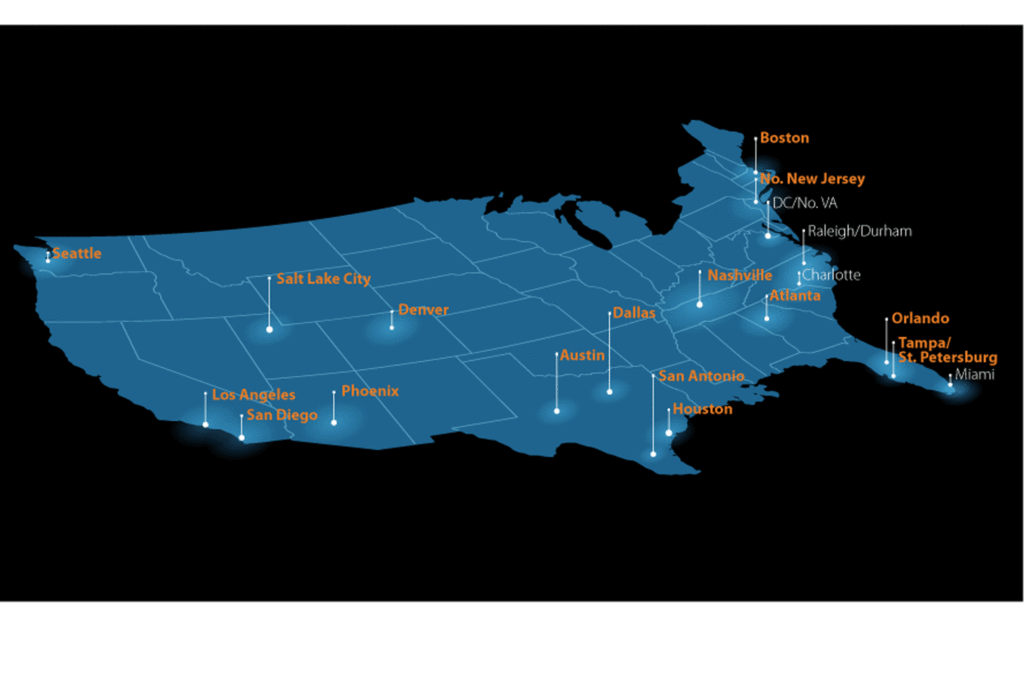
In just a few short years, the metro areas of cities like Nashville, Denver, Phoenix, Austin, San Antonio, and others have exploded, and the repercussions are rippling through a number of commercial real estate sectors.
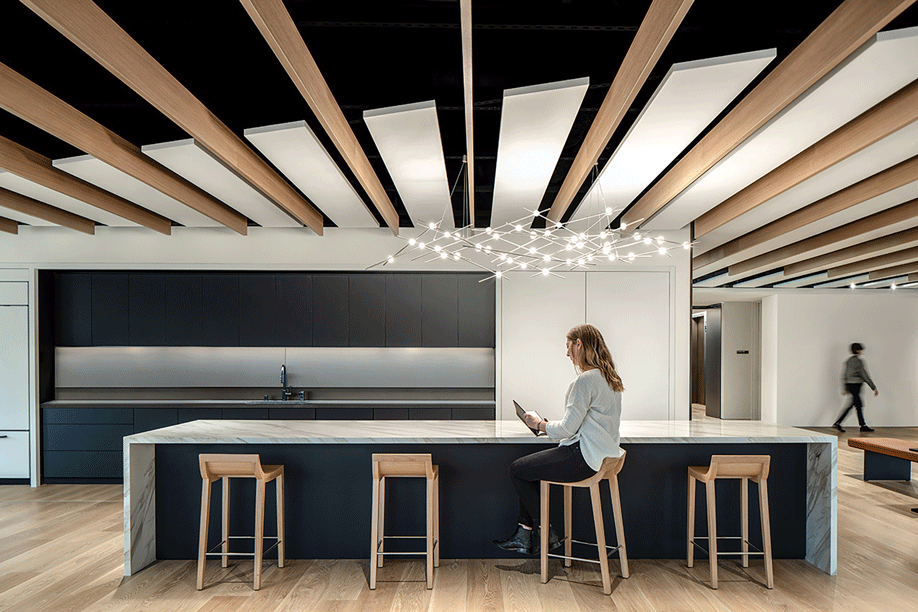
OFFICE
According to the Emerging Trends report, the magnet markets, particularly concentrated in the Sun Belt, are the place to be for corporate expansions and relocations. “These markets are large and diverse but still affordable, forming powerhouse economies that attract a wide range of businesses,” says the report.
Those companies, in turn, attract more people and more companies. It’s a ripple effect, says White. “Tech firms, for example, follow the talent to these cities, then law firms and other service providers do the same. We’re definitely seeing that with our clients, and have ourselves expanded our own organization to serve clients in many of these cities.” (See map, above.)
Leading in the report’s rankings is Nashville, TN, where global investment management firm AllianceBernstein (AB) recently moved their corporate headquarters. “We chose Nashville because it is a vibrant and growing city that is committed to supporting local businesses and attracting new talent, says
Lev Gordon, SVP and head of global real estate, design and construction at AB. “There is palpable, positive energy in our Nashville office, and we continue to be very pleased with the caliber of talent we have found in the region.” Once complete, AB’s move promises to bring more than 1,200 corporate office jobs to the Nashville area.
HEALTHCARE
More people means more need for healthcare facilities. “Infrastructure follows the rooftops, as they say,” says Cris Bryant, executive VP of healthcare for Layton Construction. “Whether it’s inpatient, medical-surgical, or wellness-related, all of these healthcare needs have increased in these markets as more people move to them.
One example is Denver. UC Health opened a brand-new hospital in 2019 and are expanding it again due to the surge in population growth. The same is true of Billings and Bozeman, Montana—Layton is working in both cities to replace or expand their major hospitals thanks to the growing interest in moving to areas with a simpler way of life. Some call it the “Yellowstone Effect,” referring to the popular TV series, says Bryant. “Postpandemic, folks realized they don’t have to live where they were—they can live anywhere in the country,” he says. “Whether it’s moving to a warmer climate like the West Coast of Florida or to beautiful western landscapes they see on Yellowstone, it’s happening.”
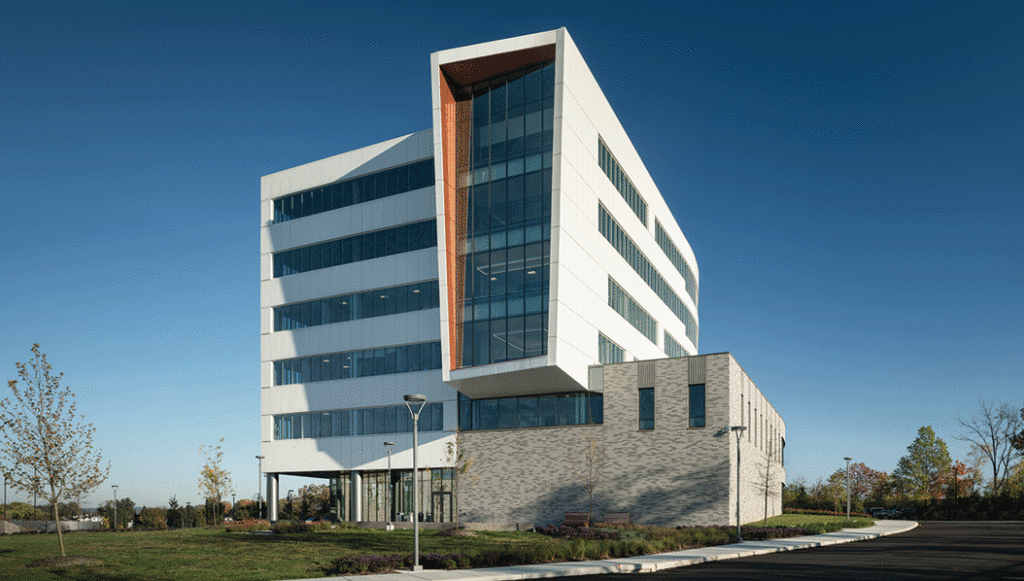
The same migration is happening in Texas. Expanding suburbs are bringing more healthcare to the state. What’s more, COVID prompted many healthcare networks to divert resources to inpatient care. But now, the flood gates have reopened, says Greg Francis, VP of healthcare at Structure Tone Southwest (STSW). “Healthcare systems are catching back up to serve their communities,” says Francis. “They’re competing for new customers in the suburbs and spending big dollars to do it.”
In San Antonio, for example, the county health system is planning to build two new suburban hospitals on the east and west sides of the city, one of which was recently awarded to STSW and Layton. “It’s the exact community hospital model we’re talking about for a growing population,” says Francis.
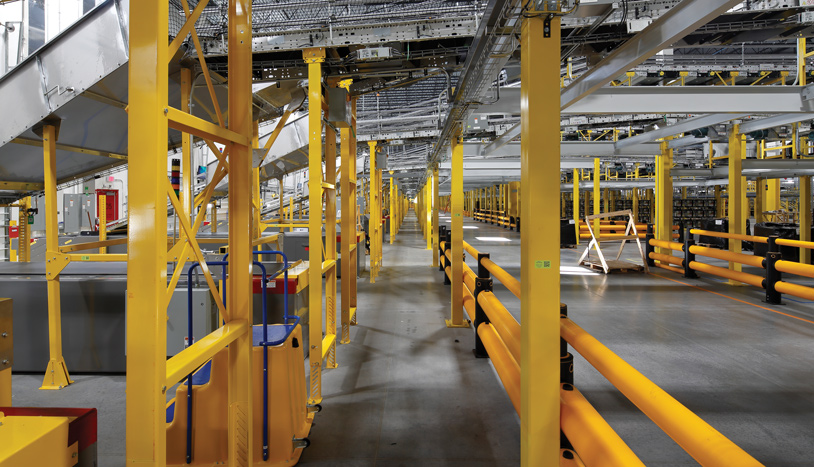
INDUSTRIAL
More rooftops mean more “stuff”—so the industrial market is also catching up in these
growth cities. Denver, again, is a perfect example. In 2016, RC Andersen followed a client to Denver to build a 1,000,000sf, fast-track warehouse. That project was a success, and the ball began quickly rolling from there.
“The industrial market has had an 8.9% growth rate since we’ve been here,” says Jim Modafferi, RC Andersen’s Denver-based regional operations manager. “Our projects kept setting Denver size records to the point that opening up a permanent office just made sense.”
As the pandemic drew more people to these “lifestyle” cities, it also raised expectations for delivery. According to the Emerging Trends report, more than 90% of consumers expect delivery in three days or fewer, and 30% expect same-day delivery. Some cities, such as Las Vegas, Phoenix, Dallas, and others, are still catching up, says Eric Nay, executive VP at Layton.
“Dallas is the largest industrial market per square foot in the country,” he says. “It’s a regional hub for everyone moving into Texas and a smart place for all of that distribution.”
And while warehouse and distribution facilities are critical in these markets, they’re also growing in the cities in between—like Salt Lake City, Las Vegas, and El Paso. “Developers are looking for crossroad areas, low costs, and available labor, which makes those markets attractive,” says Nay.
MISSION CRITICAL
“While demand for data center infrastructure has been growing for the last two decades, it has exploded in recent years, leading to some of the largest developments, leases, and transactions ever seen in the industry.”
That observation from the Emerging Trends report reflects exactly what STO Mission Critical is seeing with their clients. In fact, STOMC was selected last year to lead construction of a first-of-its-kind, Gigawattscale master planned data center campus in Frederick, Maryland. Cities like Dallas and Phoenix are also seeing exponential growth in data center construction. It makes sense, of course—more people need more data.
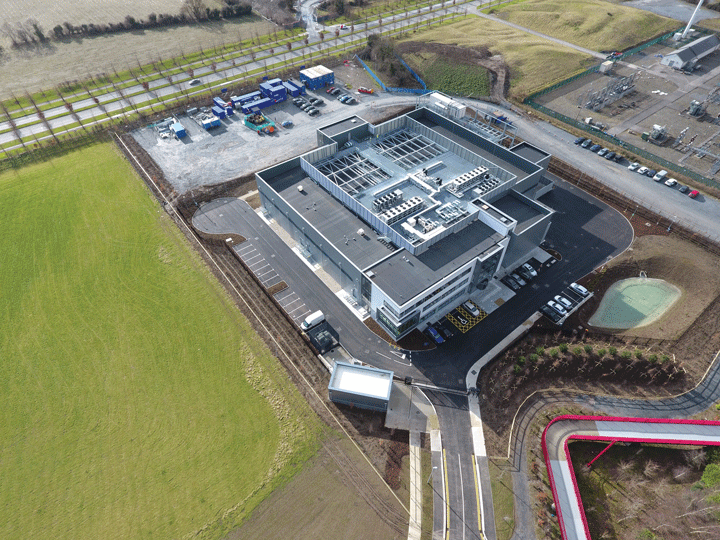
“Data will drive the development of these emerging cities,” says Terence Deneny, VP of STO Mission Critical. “The costs to transmit data from hubs to these cities will get more expensive, and the latency to get it from point A to point B will impact the user experience. So we expect to see more of a hub-and-spoke
model for development, where these spoke data center locations will support the secondary cities with growing populations.” While cities like New York will never go out of style, the Nashvilles of the country are making for some exciting opportunities, says White.
“It’s been incredible to leverage all of the relationships we have across the STO Building Group network to help our clients as they grow. Whether we’re local to the area or we’re deploying a team to work with our alliance partners, we’re there, and we can transfer the lessons we learn from one project to the next to create the best possible outcomes for everyone.”
